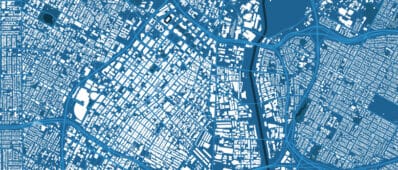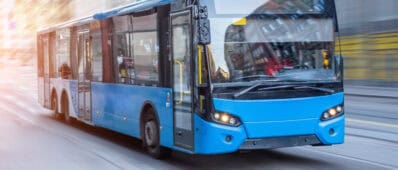The three revolutions in transportation—shared mobility, electrification and vehicle automation—will fundamentally change the way individuals live, work, socialize, and travel in cities. Travel-related uncertainty and future travel demand are just two key challenges decision-makers face in the decision to build long-term plans for massive transportation projects, such as the proposed second rail crossing in the San Francisco Bay Area (i.e. a second tunnel or bridge dedicated to rail transportation, in addition to the current TransBay BART tunnel), and whether to also include intercity rail in this crossing. This proposed infrastructure will require massive levels of funding and many years to complete, making the exploration of how mobility will change in the meantime critical to assisting in the planning of this proposed infrastructure project. The research team will support the Capitol Corridor Joint Power Authority (CCJPA) with evaluating current travel patterns in the Northern California mega-region, with a focus on the San Francisco Bay Area as an origin and/or destination, including current trip patterns, directionality, mode share, and impacts on traffic congestion. In particular, the researchers will assist the CCJPA with an assessment of the current market for transportation to/from the region, and the extent to which this market is currently served by the existing public transportation options vs. fulfilled by the use of private vehicles on the highway network. The team will review existing documents from planning agencies in the region, future travel demand forecasts, and assessments from other sources (e.g., universities, metropolitan planning organizations, etc.), to collect the available information on current travel patterns and future travel demand in the area, and to identify opportunities and limitations for learning from these document in regard to evaluating future transportation patterns in the Northern California mega-region. The project will inform the CCJPA and decision-makers on current travel patterns in the region of study (baseline conditions), and will inform the use (and limitations to the use) of available approaches and modeling tools to explore future travel patterns—e.g., in a scenario planning approach—as well as related uncertainties in future years when transformative changes via the three transportation revolutions are also in play. Hence, the project will help to make more informed decisions on the expected returns of the proposed infrastructure project—and the eventual inclusion of intercity rail—at a time when the transportation sector is experiencing profound transformation with changing lifestyles and travel patterns due to the introduction of new technologies and mobility services.










